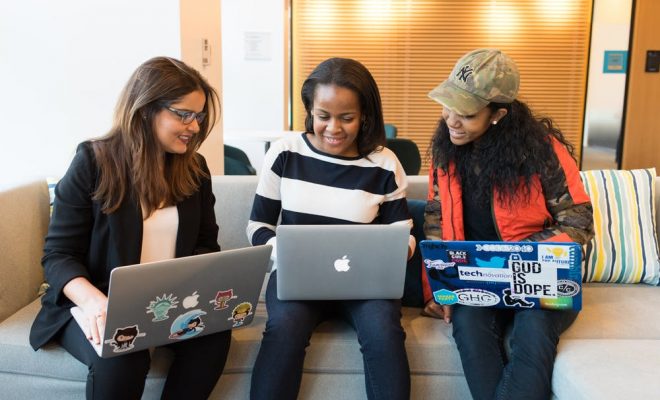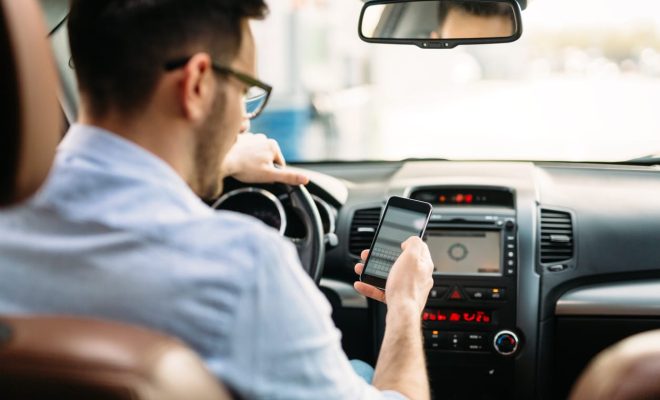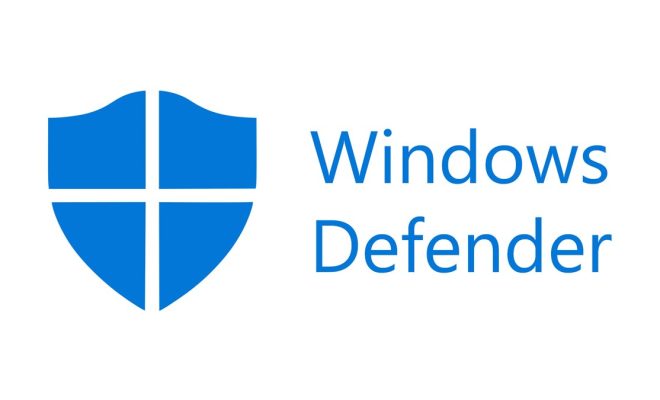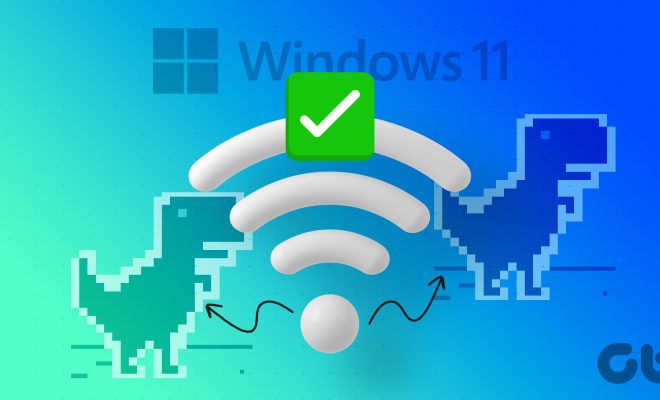Yes, You Should Pilot Your Online Course: a Few Things to Consider as You Do

One reads quite a lot about the importance of piloting an online course before launching it, but exactly what does that entail. What is meant by “pilot”?
To pilot something means to test it to find out whether it will be successful. In other words, you pilot your online course to test whether learners will like it and would be likely to enroll for it. It’s a kind of initial evaluation by potential customers.
Here are a few things to keep in mind when conducting your online course pilot.
Develop the right questions
What are you concerned about? Do you know what content or activities might cause problems for students? Maybe you’ve tried something new? Ask questions about that. Ask general questions about the course material and its progress. Also, ask detailed questions. Ask for suggestions on what doesn’t work and why.
Keep in mind that the point of the pilot is to test the functionality and usability of the course. The pilot is not meant to measure the course content.
Clarify how you’ll collect your data
Will your testers read through the course and answer survey questions? Will your testers do the course and then deliver their opinions? How? Via an interview or Q&A? Do you plan to observe testers as they go through the course? How will they document their experience? Some course designers use Survey Monkey, an online survey service that allows you ten questions and 100 participants per survey.
Decide who your testers will be
This needs careful thought. Who will test drive your course? On what basis will you select them? One important factor to keep in mind is that the pilot is meant to give you feedback on the presentation of the material in the online environment, not the content. Therefore, you don’t need subject matter experts for your pilot.
Senior Learning Technologist, Mary Burns, recommends drawing from a diverse pool as possible, so you have a sample that is representative of your ultimate, larger user cohort.
Decide on the number of testers you’ll use
The sample size is tricky. One tends to think that a large sample size (around 30) would give you a good representative scope of information, but you can also get a lot of redundant information from a large group. On the other hand, you might not get enough information from a small sample size, or you might, it’s difficult to gauge beforehand. There’s another thing you must keep in mind. You’ll get different responses from users who have little or no experience of online learning and those who are experienced, online learners. Consider how many of each should you include.
Location
You could find a classroom full of computers, have testers work through the course individually, and have observers available to answer questions and take notes. When done this way, a test run could be completed in one day. You can also choose to conduct the pilot online.
We have touched on only a few things to keep in mind when you plan to pilot your online course. There are other factors like the length of the pilot also to consider. One thing is for sure though, once you have your feedback from your pilot, you’ll be in a good position to make the final touches to your course, and you would have increased the chance that students will love your course.






